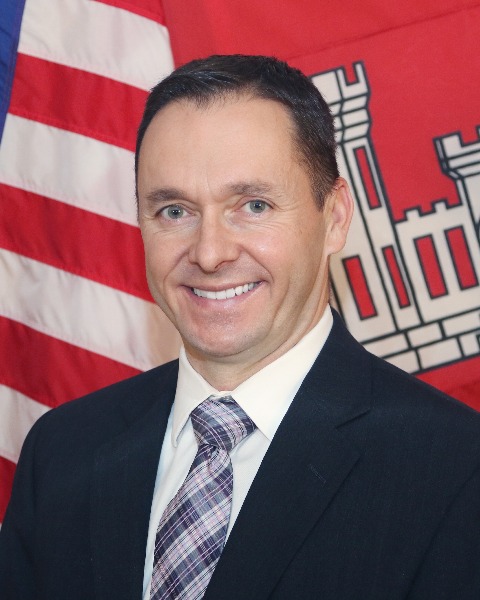Concurrent Session
General Dam Safety or Levee Policy
Session: Federal Policy Updates
CS28B - Concurrent Session 28B: Levees? Why Should States Care? Don’t They Have Enough DAM Problems?
Wednesday, September 20, 2023
11:00 AM - 11:30 AM PDT
Location: Catalina
The impending roll out of the National Levee Safety Program can seem overwhelming, especially for states who are being asked to play a key role in the implementation of the program. Consider this – it was over 40 years ago that a similar national-level program was rolled out for dams, and states are still struggling to implement that program due to a variety of reasons including being asked to do more (e.g., inspections, risk assessments and risk communication) with less resources. So why should states care about a new national program focused on state-led levee safety activities and programs when they already have enough challenges managing the nearly 65,000 state-regulated dams across the country?
A Model State Levee Safety Program Guide is being developed under the National Levee Safety Program that includes a step-wise or scalable framework for utilizing the National Levee Safety Guidelines and implementing activities that are necessary to manage levees in a consistent manner (e.g., data management, inspection, assessment, communication and outreach, etc.). The National Levee Safety Program intends to collaborate with each state to work through the step-wise approach using a decision-making framework so they can decide what scale of levee safety activities and level of program (if any) is right for them.
In addition to helping states understand why they should care about levee safety activities and/or programs and walking through the scalable approach, this presentation will focus on progress made to date on the overall National Levee Safety Program. There will also be opportunities to discuss how states can participate in the one-time levee assessment process and how the U.S. Army Corps of Engineers and the Federal Emergency Management Agency, both co-leads of the National Levee Safety Program, can further support states in levee safety activities or setting up their own levee safety program.
A Model State Levee Safety Program Guide is being developed under the National Levee Safety Program that includes a step-wise or scalable framework for utilizing the National Levee Safety Guidelines and implementing activities that are necessary to manage levees in a consistent manner (e.g., data management, inspection, assessment, communication and outreach, etc.). The National Levee Safety Program intends to collaborate with each state to work through the step-wise approach using a decision-making framework so they can decide what scale of levee safety activities and level of program (if any) is right for them.
In addition to helping states understand why they should care about levee safety activities and/or programs and walking through the scalable approach, this presentation will focus on progress made to date on the overall National Levee Safety Program. There will also be opportunities to discuss how states can participate in the one-time levee assessment process and how the U.S. Army Corps of Engineers and the Federal Emergency Management Agency, both co-leads of the National Levee Safety Program, can further support states in levee safety activities or setting up their own levee safety program.

Michael L. Bachand
U.S. Army Corps of Engineers, Massachusetts

.png)